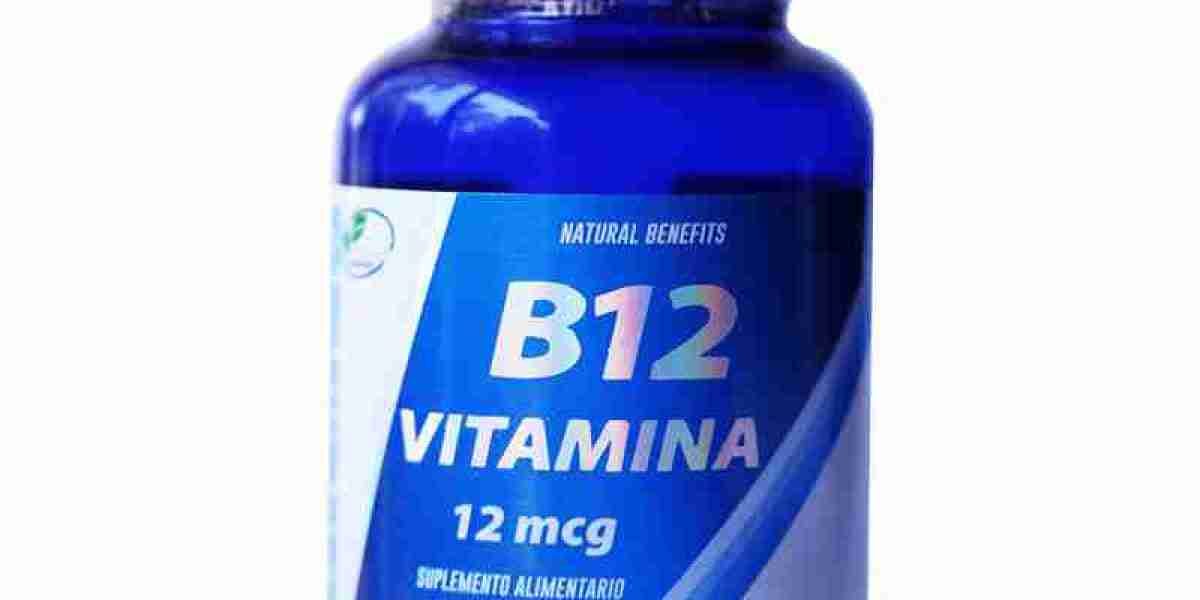The global white label cosmetics market was valued at USD 1.01 billion in 2024 and is anticipated to expand to USD 1.57 billion by 2030, registering a compound annual growth rate (CAGR) of 7.8% from 2025 to 2030. This robust growth trajectory is largely driven by the proliferation of independent and niche beauty brands, which are increasingly turning to white label solutions to meet market demands swiftly and cost-effectively.
In recent years, the beauty industry has undergone significant fragmentation, creating space for smaller, more agile brands to make their mark. These emerging players are effectively capturing consumer attention by launching products that reflect personal values, lifestyle choices, and niche preferences. Many of these brands focus on themes such as vegan-friendly formulations, sustainable packaging solutions, and gender-neutral product lines—areas that resonate strongly with modern consumers. To support this shift, white label manufacturers have expanded their portfolios to include clean beauty products, biodegradable packaging materials, and cruelty-free testing methods. This allows new brands to offer high-quality, ethically produced products that align with evolving consumer expectations, all without the need for their own extensive research and development or manufacturing capabilities.
A notable example of this trend can be observed in India, where indie beauty brands such as CodeSkin and Hyphen are gaining substantial traction by addressing localized skincare concerns and preferences. For instance, CodeSkin’s Hyaluronic 7+ Serum is formulated with seven types of hyaluronic acid, offering deep, multi-layered hydration that helps alleviate dryness and enhance skin elasticity. The brand places strong emphasis on clean, vegan, and dermatologically tested formulations, which particularly appeal to health-conscious and ingredient-aware consumers.
Likewise, Hyphen emphasizes inclusive beauty through products like its Vitamin-Infused Peptide Tint, which is specifically developed to complement Indian skin tones while delivering added skincare benefits such as collagen stimulation and antioxidant protection. Their formulas are vegan, cruelty-free, and clinically tested, aligning perfectly with the preferences of environmentally aware consumers looking for ethical yet effective cosmetic options. Collectively, these examples illustrate how Indian indie beauty brands are capitalizing on the flexibility and scalability of white label manufacturing to deliver premium, value-oriented products tailored to specific consumer segments.
Key Market Trends & Insights
- North America emerged as a dominant force in the white label cosmetics market, capturing 85% of global revenue in 2024. This regional growth is fueled by a high degree of consumer receptivity to customized and innovative beauty products, supported by a well-established ecosystem of brands that rely on white label manufacturing to quickly bring new offerings to market.
- Within North America, the United States accounted for a substantial 24% share of the region’s revenue in 2024. The U.S. market continues to benefit from a mature white label production infrastructure and a highly advanced e-commerce environment, which together enable streamlined product development and efficient distribution.
- From a product segmentation perspective, skincare led the market with a 41.70% share in 2024. This segment’s dominance can be attributed to increasing consumer awareness regarding skin health, coupled with the rising popularity of multi-step skincare routines across demographics, including millennials, Gen Z, and aging populations seeking preventative solutions.
- When categorized by product type, organic and natural cosmetic products held a commanding 59% share in 2024. Consumers are progressively gravitating towards chemical-free, naturally derived formulations that exclude harsh additives and artificial fragrances. The growing preference for clean-label products is driven by both health considerations and a collective push for eco-friendly beauty alternatives.
- Based on end-user segmentation, female consumers represented 63.30% of the market revenue in 2024. The increased prioritization of personal appearance, well-being, and individual expression among women has spurred higher investment in cosmetic purchases. White label brands have capitalized on this trend by delivering diverse and trend-conscious product ranges that cater to women of various ages and lifestyles.
- In terms of distribution, direct-to-consumer (DTC) e-commerce platforms played a pivotal role, accounting for 15% of the market revenue in 2024. The growth of DTC channels is largely due to the convenience and reach of online platforms, which allow brands to directly engage with customers, build loyalty, and gather feedback—eliminating the need for traditional retail intermediaries.
Order a free sample PDF of the White Label Cosmetics Market Intelligence Study, published by Grand View Research.
Market Size & Forecast
- 2024 Market Size: USD 01 Billion
- 2030 Projected Market Size: USD 57 Billion
- CAGR (2025-2030): 8%
- North America: Largest market in 2024
- Asia Pacific: Fastest growing market
Key Players
- Audrey Morris Cosmetics International.
- NF Skin.
- HSA Cosmetics
- CarasaLab
- Lady Burd
- COSMEWAX S.A.
- kdc/one
- INTERCOS S.P.A
- Onoxa LLC
- Modern Basic Cosmetics.
Browse Horizon Databook on Global White Label Cosmetics Market Size & Outlook
Conclusion
In recent years, the beauty industry has splintered into countless niche segments, giving agile indie brands room to thrive. These newcomers win consumers by aligning products with personal values—offering vegan‑friendly formulas, sustainable packaging (like refillable jars or compostable pouches), and gender‑neutral lines. By honing in on these trends, they fill gaps left by legacy players and build loyal communities.


